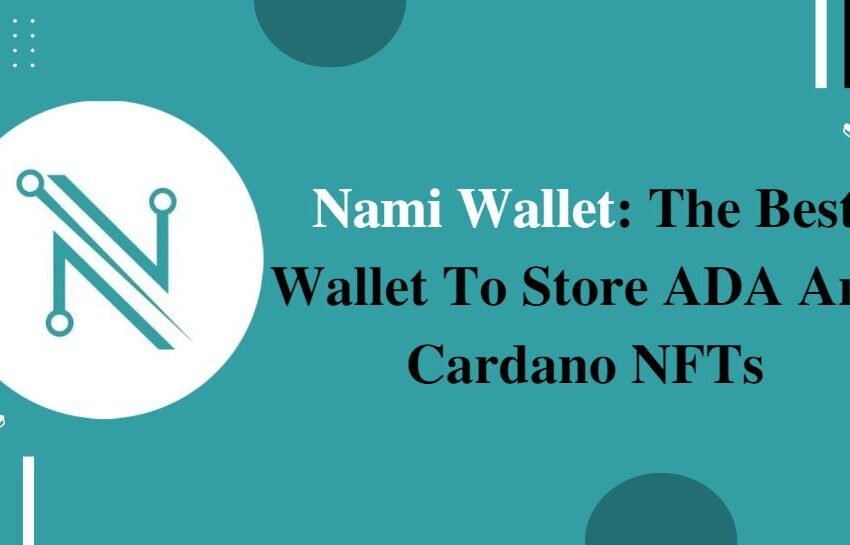What is Yield Farming? Understanding a DeFi Concept that helps you drive your Crypto to Work
Yield Farming is the movement/swapping of funds across different DeFi protocols in search of high interests
Quick takes, in this piece, you’ll learn the:

- Meaning of Yield Farming
- Main Features of Yield Farming
- The Origin of Yield farming
- Related concepts around Yield Farming
- Possible Risks to consider before engaging in Yield farming
- DeFi Protocols where Liquidity Providers can practice yield farming
Blockchain’s Permissionless nature: A bedrock for Innovation
If you’ve ever heard about DeFi, then you should know that the term wouldn’t have been possible without the blockchain. Yes, Satoshi created the first successful cryptocurrency that is truly permissionless. But that was just the beginning.
Now, through DeFi, anyone or anything, possibly a smart contract can connect with decentralized applications or protocols. As long as they have access to the internet and know their ways around a web3 supported wallet, like Trust, Frontier, etc. it’s easy.
Evidently, HODL may no longer be catchy for crypto holders as the bear season taught a few some harsh lessons. However, DeFi, through a new concept, makes earning on your holdings possible. Sounds a little like staking but this is unique. This concept is what we call “Yield Farming”.
In the simplest terms possible, What is Yield Farming?
Let’s attempt to describe what it is rather than giving an abstract definition. First, remember the concept of mining? Virtually digging or extracting something of value from another. Yield farming is essentially a form of Liquidity Mining. You use what you have (your cryptocurrencies, majorly ERC20 tokens) to earn some kind of interest still in cryptocurrencies.
Now, you’d need an interest generating avenue to be able to enjoy that interest. And this is where Liquidity Pools come in. DeFi protocols are, in a way, liquidity pools. As a Liquidity Provider (LP), you loan your cryptocurrencies to these pools. Borrowers then come to the pool if they need some form of crypto loans. Consequently, they have to pay a premium for that called interest.
Other persons may need an instant swap between their cryptocurrencies to another. Instead of using centralized exchanges like Binance, Coinbase, they may opt for these liquidity pools. Interestingly, these pools can also act as automated market makers – AMM. To use these pools, they may have to pay a fee. Remember, someone or a group of persons made their borrowings or token swap possible. For their efforts like funding these pools, they earn interests. Thus, this is called Liquidity Mining.
Basically, interests may vary across several liquidity pools on DeFi protocols. A lender may decide to move funds (especially stablecoins) around them to enjoy the variance in interest rates. This is technically what we call Yield Farming.
“Yield Farming is the movement/swapping of funds across different DeFi protocols in search of high interests.”
The launch of the COMP governance token popularized the concept of Yield Farming.
Although this concept has been in existence, one can argue that a particular event in the DeFi ecosystem spurred its popularity. Back in June 2020, Compound, a decentralized money market protocol started distributing the COMP token. Its liquidity providers will now be able to govern how the protocol works by voting with the COMP token. For them to own COMP token (as DeFi was booming so hot), they would need to “farm” it. In other words, provide liquidity to the pool and own some COMP as incentives. This blew up this model and since then. Consequently, many other DeFi projects like Curve, UMA, Balancer have all taken a cue from Compound’s move. Hence, in a nutshell,
“Yield Farming gamifies the governance token distribution by attracting LPs while also helping to keep the protocol decentralized”.
Wait! Before you engage in Yield Farming, you should know these risks.
It is only normal for people to gravitate towards maximum gains. Why? Because man is a rational being that always seeks to maximize benefits. Hence, because of the high-interest hunting in yield farming, it’s a highly competitive market moving at a fast pace. Rewards, therefore, tend to fluctuate rapidly. If a yield farming strategy works for a while, many farmers will jump on the opportunity. And that may mean competing out the supernormal profits. After all, who doesn’t like to put their crypto to work?
So, yield farmers need to keep searching for and moving funds across several protocols. This is to help them maximize gains due to interest variance. Technically yield farmers engage in Arbitrage. Swapping across DeFi protocols may come with inherent risks. Because most DeFi protocols are built on similar tech stack, they usually would need themselves to keep working smoothly. Hence DeFi protocols require Composability to function effectively. It’s more like the interoperability across DeFi protocols.
Moreover, don’t forget DeFi protocols are functioning with the principle of smart contracts. Hence, the common risks with this is a bug which may prove fatal to any protocol. Failure of one of the significant protocols may affect other protocols.
Hence, as a yield farmer who depends on swapping across protocols, you should be aware of this. A good example is the YAM DeFi protocol failure, where a fatal bug collapsed it within hours. Before you get excited about putting your crypto to work through yield farming techniques, think on these.
These are some of the DeFi protocols where you can put your crypto to work for you.
So now you know what yield farming is. Also, you’re aware of the risks that accompany the practice. But how do you discover and keep track of the DeFi protocols? There are several good sites to check DeFi activities like Total Value Locked – TVL, Ranking and On-chain metrics. DeFi Pulse and Dune Analytics are useful resource websites to help you with the parameters mentioned above.
Now, to some of the DeFi protocols. Let’s check for the top 6 on DeFi Pulse.
As you can see, the top 6 DeFi projects are Maker, Aave, Curve, Synthetix, Compound and Yearn. Finance. Interestingly, the TVL across 38 DeFi protocols as at publication time is over $5.8 billion. And it’s still growing. Maker, which is the leading protocol was the first to hit $1 billion in TVL. Even though Compound was next, Aave money market protocol has also touched the $1 billion TVL mark. Don’t forget that yield farming makes it easy for LPs to swap across DeFi protocols in search of attractive yields. Perhaps that explains why others appear to have overtaken Compound.
Challenges in DeFi
However, don’t expect a static position for any of these algorithmic protocols. This is the power of yield farming in DeFi. As a sector, DeFi is still young and growing. We are yet to experience market efficiency. Challenges on Ethereum as the driver of the DeFi movement like rising gas cost still exist. Algorithm hacks happen. Moreover, bugs crash and burn some of the protocols. Transactions speed is still a problem. Imagine it, Ethereum can only presently accommodate 15 TPS – transactions per second. Even though Layer 2 solutions are available, DeFi thrives when transactions happen on-chain. All these are valid challenges that need to be addressed if DeFi must continue its ascent.
But wherever there are market inefficiencies, humans cook up solutions to spin it for gains. This is why some think yield farming won’t last. However, for now, you can move your assets around quickly and watch your crypto work for you.




